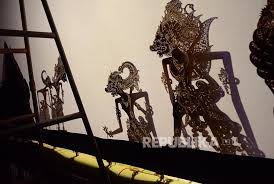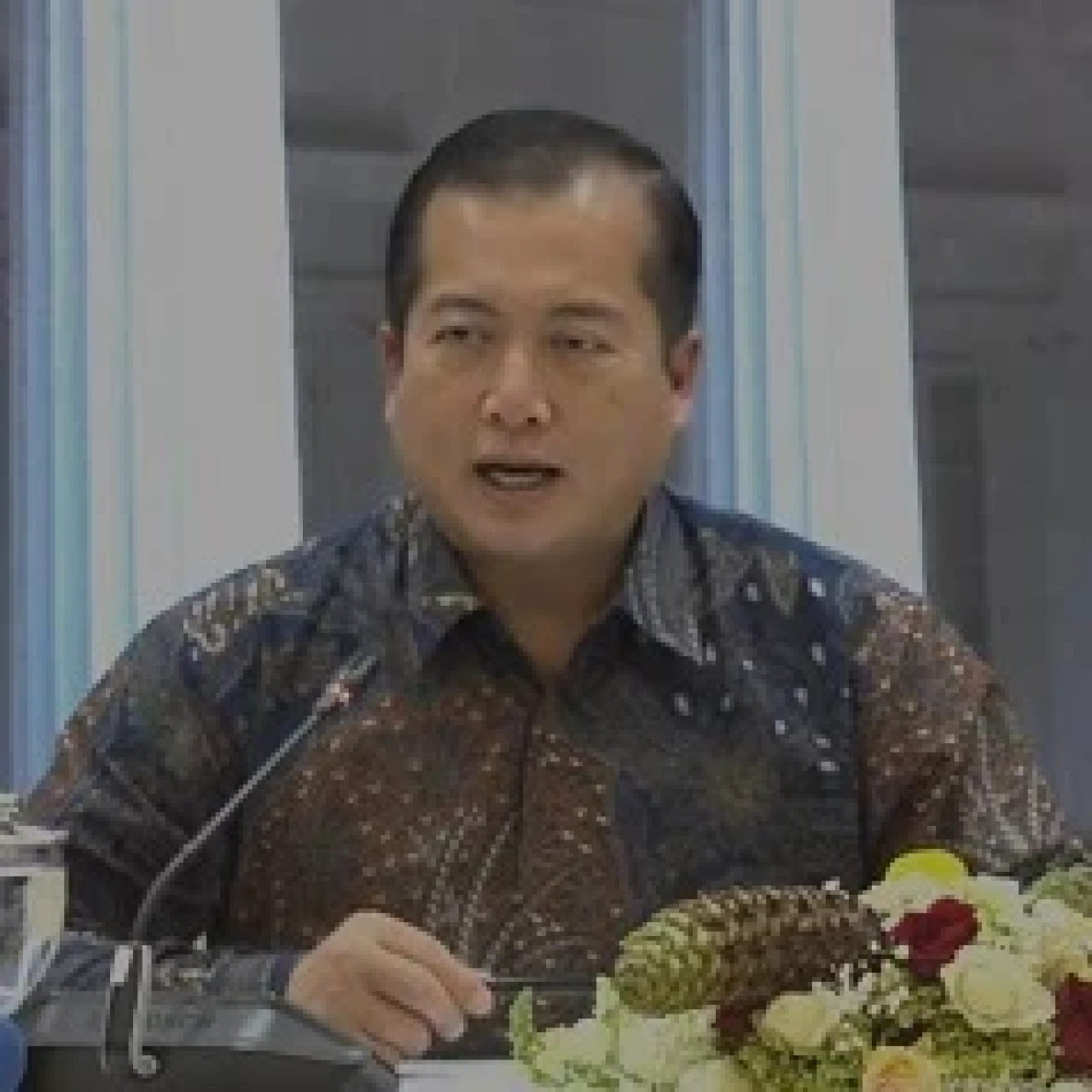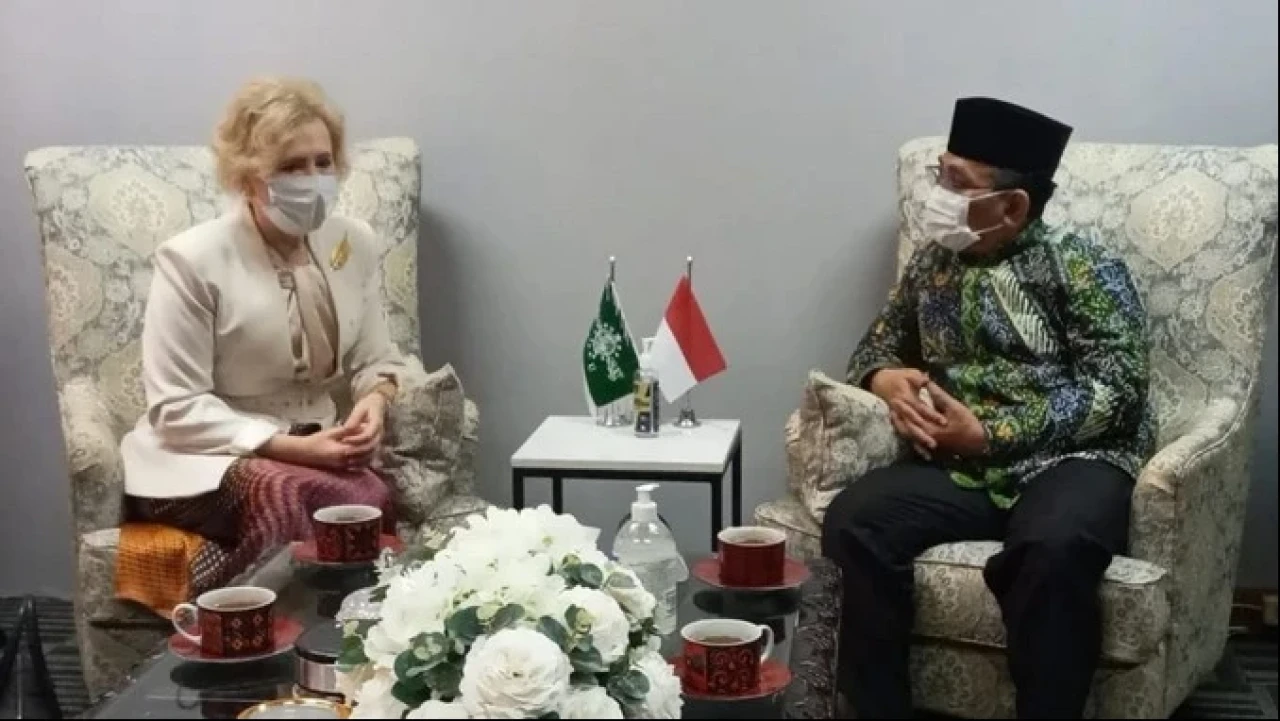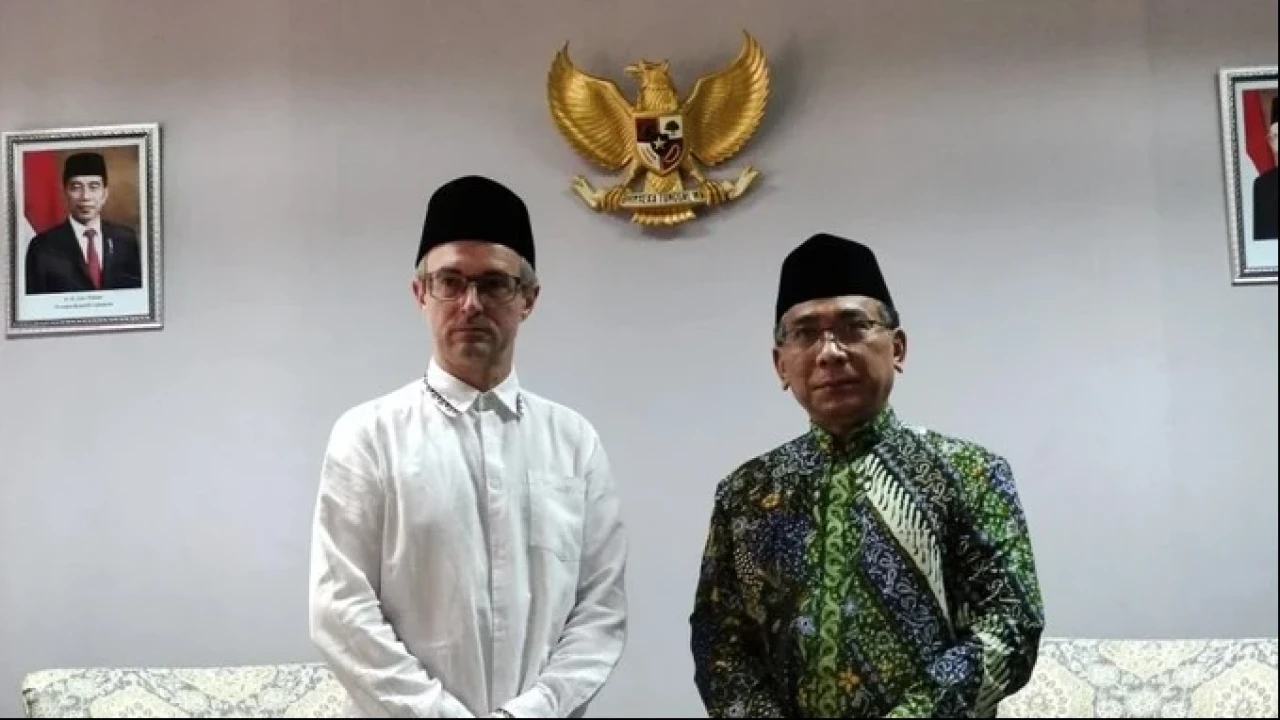Jakarta, NU Online
Before there were words, before symbols gave rise to written language, there were stories – tales that regaled the sacred knowledge that begot religions. Legends were told of our origins, of battles between gods and demons, of kings and heroes who upheld virtue against the forces of evil.
These most ancient of stories, retold time and time again, have transcended human history. And while most have been forgotten, there are still those who seek to preserve them.
As reported by The Jakarta Post, Ki Seno Nugroho, a dalang (shadow puppeteer) reaches beside him into an immense wooden chest called the cempala. He pulls out an intricately designed leather puppet and stabs the pointed handle into a banana tree trunk mounted before him.
The character is Arjuna, the beloved warrior king from the Mahabharata. Up goes his thin leather arms in reverence to the heavenly realm. The dalang speaks in Javanese as the shadows begin to tell the story of the wayang kulit (shadow puppet).
Wayang kulit is more than just some niche art form relegated to the delights of elders. It is a pervasive part of the Javanese culture, especially in Yogyakarta, aptly known as the City of Art. It is here that you find the heart of wayang kulit.
You will see it in the architecture, in murals painted on walls, as souvenirs in marketplaces, as tattoos and jewelry. It is art and industry. Entire communities exist for the sole cause of its propagation.
This is the essence of wayang kulit. It adapts to cultural changes, while preserving the core values it was founded upon. It tells stories that are needed. It sheds light on the ills of society in hopes to uplift it. And behind all that, the light reveals a story of shadows. (Masdar)
Terpopuler
1
Khutbah Jumat: Kerusakan Alam dan Lalainya Pemangku Kebijakan
2
Khutbah Jumat: Mari Tumbuhkan Empati terhadap Korban Bencana
3
Pesantren Tebuireng Undang Mustasyar, Syuriyah, dan Tanfidziyah PBNU untuk Bersilaturahmi
4
Mustasyar, Syuriyah, dan Tanfidziyah PBNU Hadir Silaturahim di Tebuireng
5
20 Lembaga dan Banom PBNU Nyatakan Sikap terkait Persoalan di PBNU
6
KH Said Aqil Siroj Usul PBNU Kembalikan Konsesi Tambang kepada Pemerintah
Terkini
Lihat Semua















